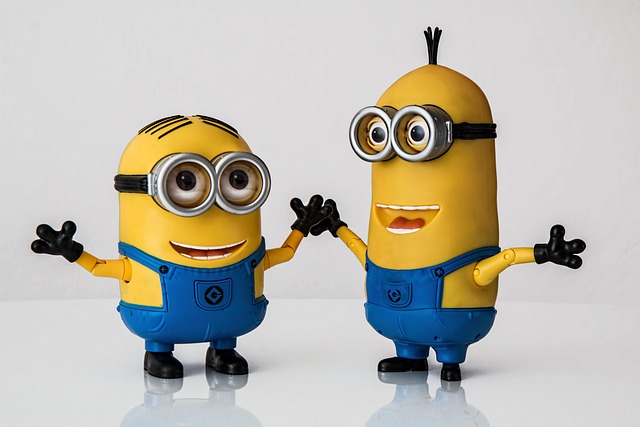The realm of animation has seen unparalleled growth, especially in the context of television. As viewers, we have often marveled at the vibrant colors, intricate details, and compelling narratives that come to life on our screens. But what does the future hold for this captivating art form? The marriage of creativity and cutting-edge technology is paving the way for an extraordinary revolution in TV animation that is both thrilling and thought-provoking.
At the forefront of this change is the rapid evolution in visualization techniques. Techniques such as 3D rendering and motion capture have taken traditional 2D hand-drawn animation to enormous new heights. Artists are harnessing powerful software to create visually stunning worlds that feel alive and immersive. The use of augmented reality (AR) and virtual reality (VR) is also reshaping how we experience animated content. Imagine stepping into a cartoon landscape where you can interact with characters in real-time, blurring the lines between viewer and creator.
The impact of display technology cannot be overstated. As screens get larger and resolutions push towards 8K and beyond, the intricacy of animated images can shine through like never before. High dynamic range (HDR) delivers rich color palettes that evoke emotions, bringing joy, sadness, humor, and nostalgia all within short spans of time. OLED monitors, with their deep blacks and vibrant colors, allow viewers to see details previously hidden in the shadows, thereby enhancing storytelling through visual depth.
With these advancements, the once-stationary act of watching a TV show evolves into a dynamic, interactive experience. Enhanced graphics engines power real-time rendering, allowing for complex landscapes and environments that adapt and change, giving viewers an unpredictable adventure. As television becomes increasingly interactive, audiences are not merely passive observers; they become active participants in their own viewing journeys.
Moreover, technological innovations are also making animation more accessible. Cloud-based platforms allow for collaborative projects across the globe, enabling talented artists to work together, regardless of their physical location. This democratization of animation creates diverse perspectives and styles, greatly enriching the quality and variety of content available on screens today.
As we ponder the future of animation, it’s essential to acknowledge how these technological advances are not just about the visuals; they also impact storytelling. As creators utilize new tools and platforms, the narratives we engage with are bound to become more complex, challenging our perceptions and expectations. From emotional depth to cultural themes, the potential for storytelling is endless in this fast-evolving digital landscape.
In essence, the future of TV animation is bright and filled with potential. It beckons us to rethink our relationship with the medium. As technology continues to advance, we are invited to expand our imaginations and embrace new forms of storytelling that resonate deeply with our experiences as audience members. This synergy between art and technology holds exciting possibilities that are waiting to unfold before us.




